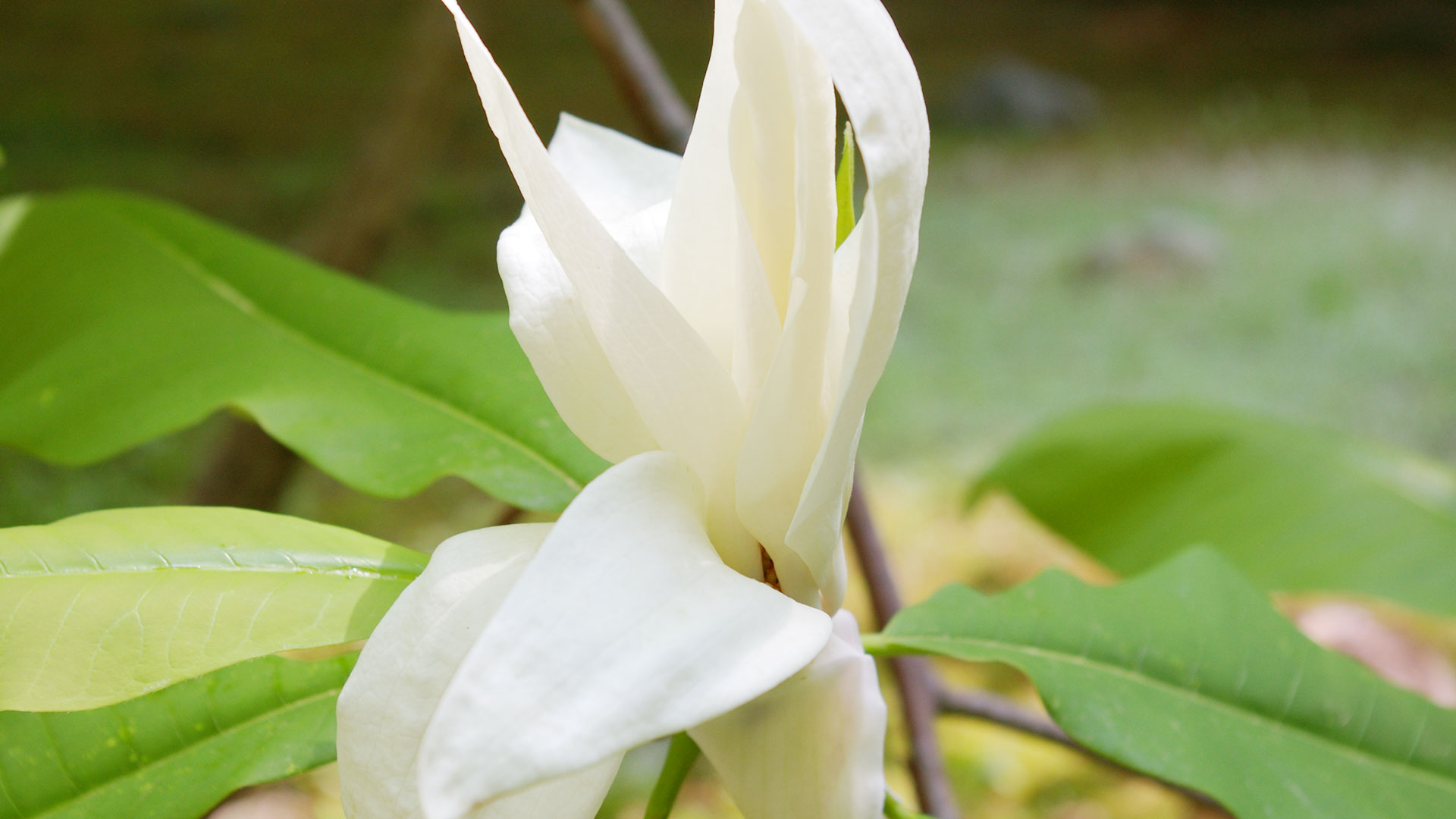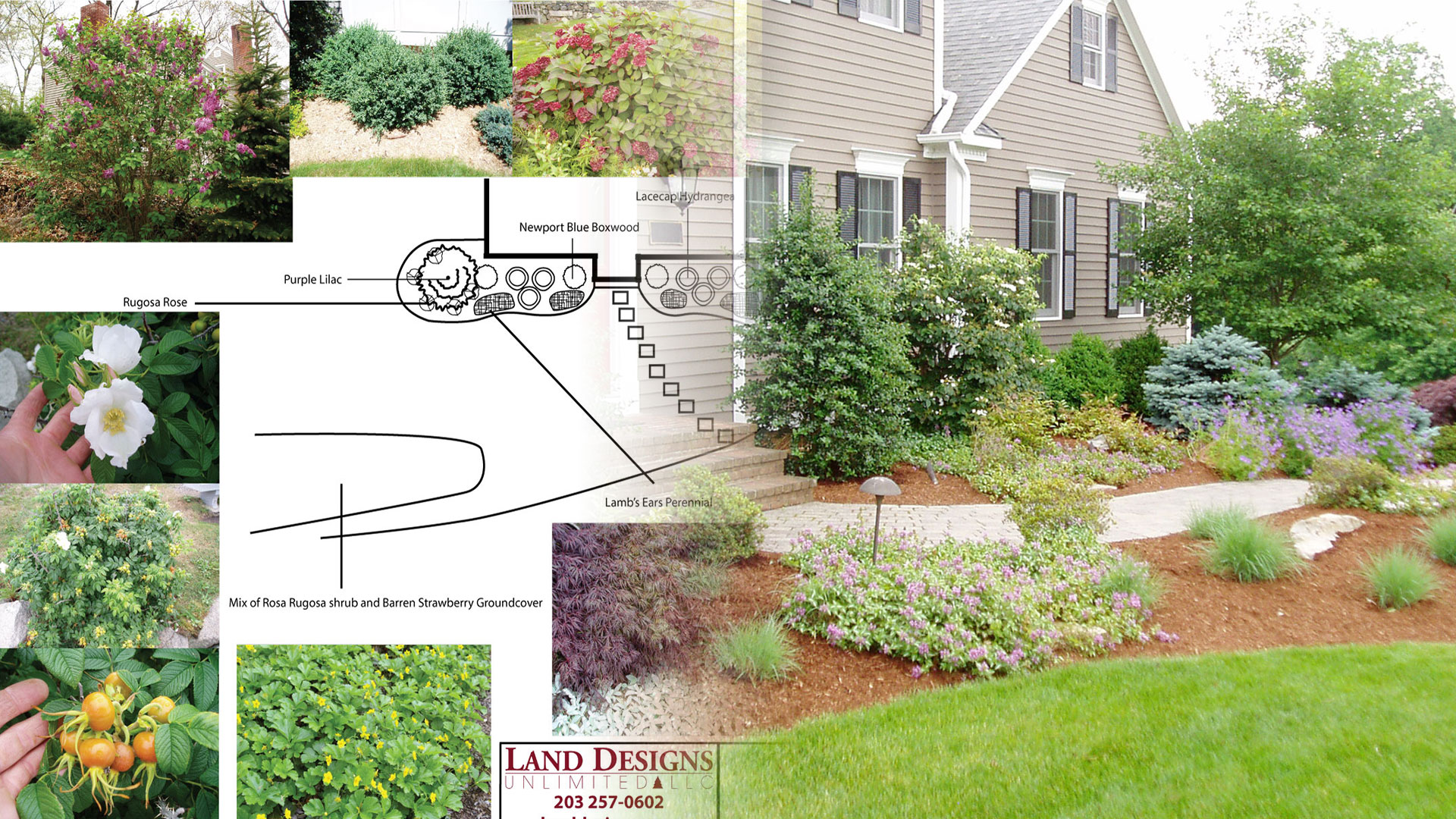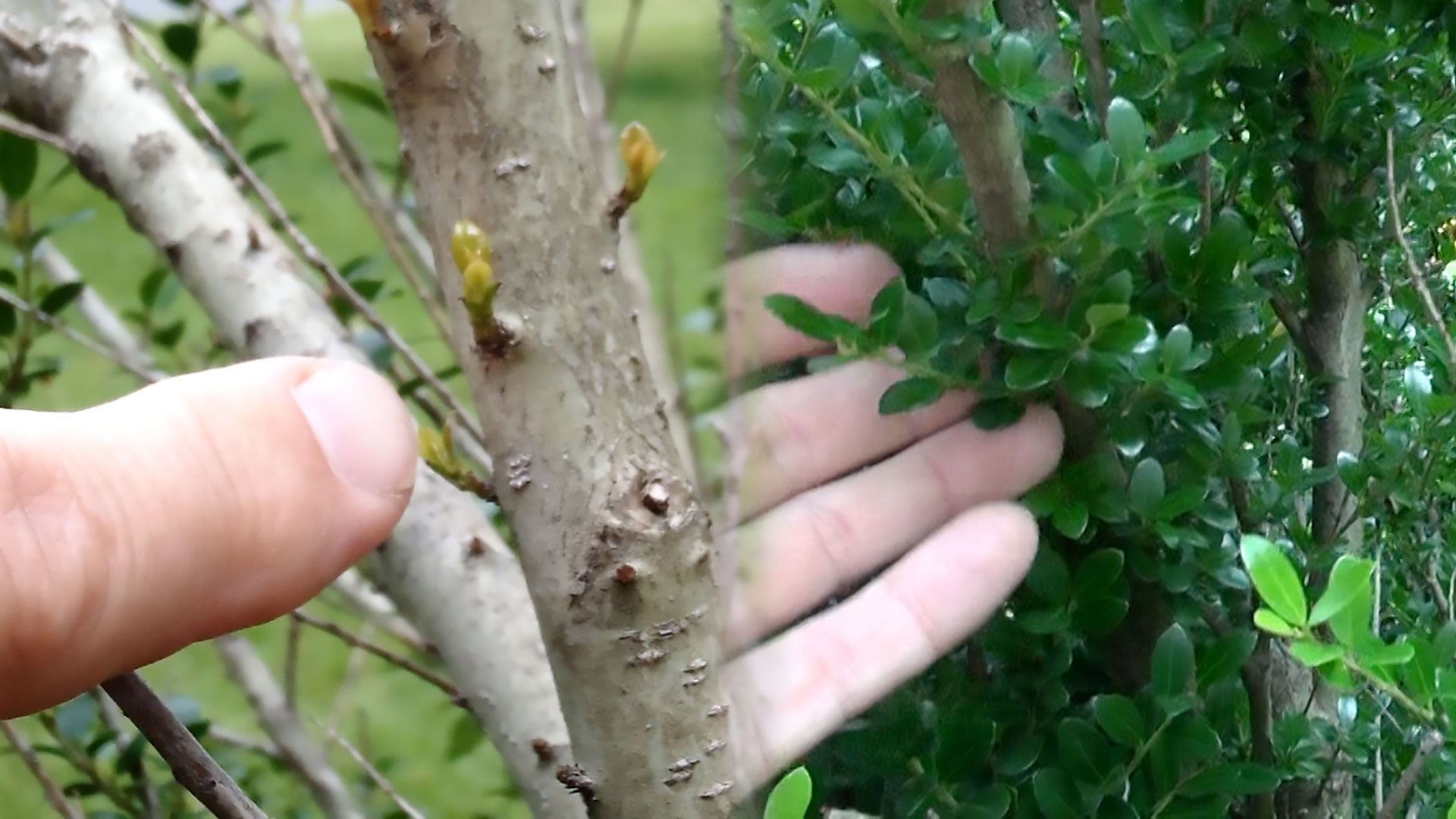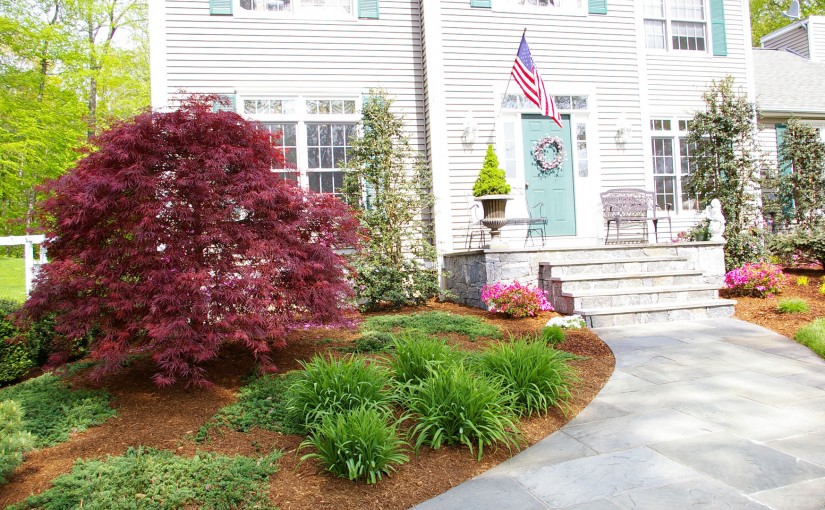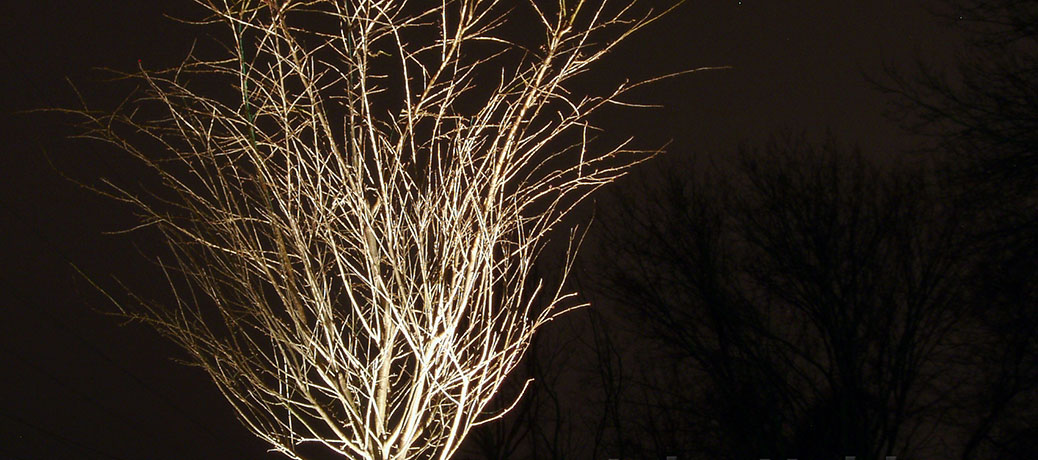 Today power returned to our neighborhood, four days after it went off on Monday night during Hurricane Sandy.
Today power returned to our neighborhood, four days after it went off on Monday night during Hurricane Sandy.
This was the second year in a row that our home had no power on Halloween. A year ago, almost to the day, we had a freak snowstorm that dumped almost two feet of snow and left us in the dark for a week.
My heart goes out to the residents of New York and New Jersey who took the brunt of this storm. I can’t imagine what it would be like to watch my home destroyed. I can’t imagine the pain of losing a loved one in the storm. My sympathy goes to you all.
Some lessons I learned during this and last years outages are:
Our friends and neighbors help us through.
We are blessed with a neighbor with a generator who gave us a warm dinner, and shower if we wanted, every night. That time with our neighbors, connecting with others, was a big help in coping with the situation. A friend in Southbury, who did not lose power, watched our kids during the week so my wife and I could work.
Less light brings families closer together.
My wife and I often spend our evenings in different rooms of the house. While the power was out we spent our time together. We had longer and more meaningful conversations than we’ve had in a while.
Do we really need all those lights?
After a couple of nights with no power and I was getting used to dark neighborhoods. When I drove past neighborhoods with power I couldn’t believe the waste. When I would have killed for a few working lights every room in some houses were lit up.
The most shocking example was driving past the high school at 6:00 pm. The parking lot was lit up like day. I know lighting is essential for safety. Must it be that bright?
When the power came on at 4:00 pm today, the first thing I did was go around the house and turn every light off. I didn’t want to squander the gift of light.
I’m glad we didn’t have power the last four days. Not because I enjoyed it. I had my low points like we all do.
I’m glad we didn’t have power because I learned there are people who reach out to help others. I learned how things that seem important, like this computer, are not. I learned we are survivors and can bend without breaking.
Did you leave any lights on?
By John Holden
